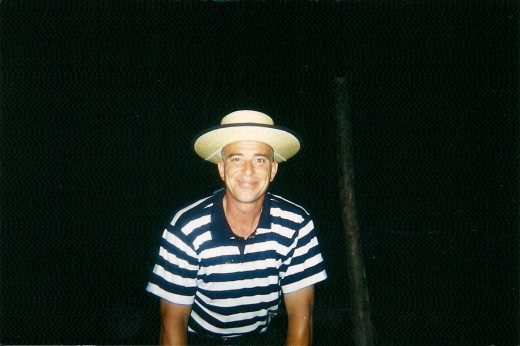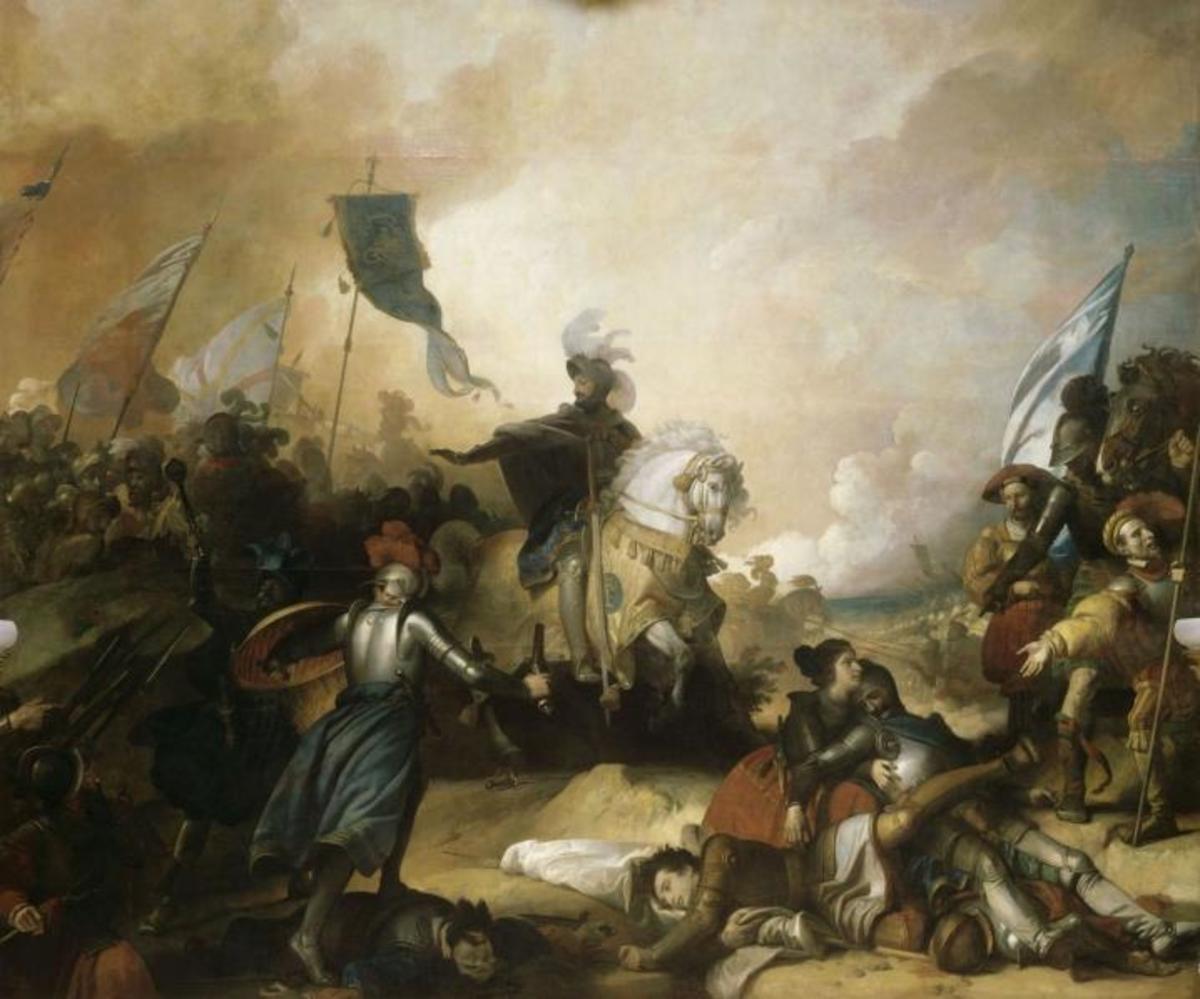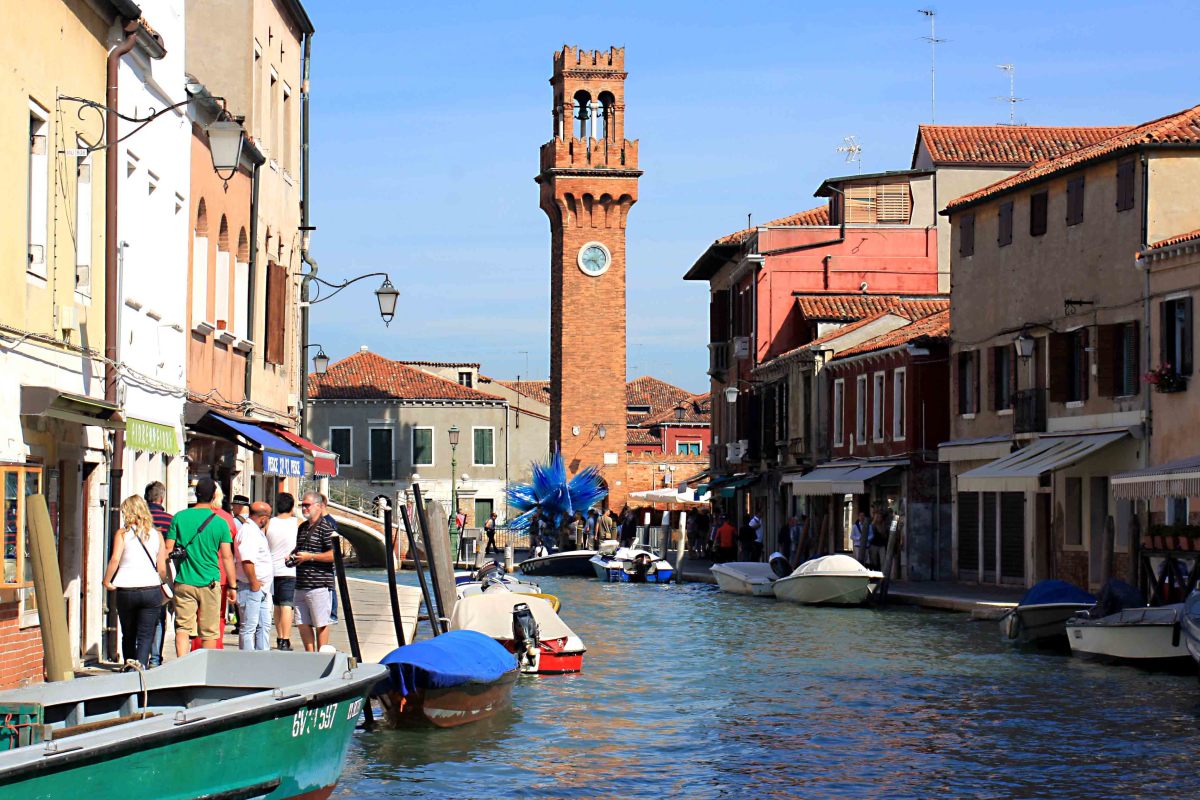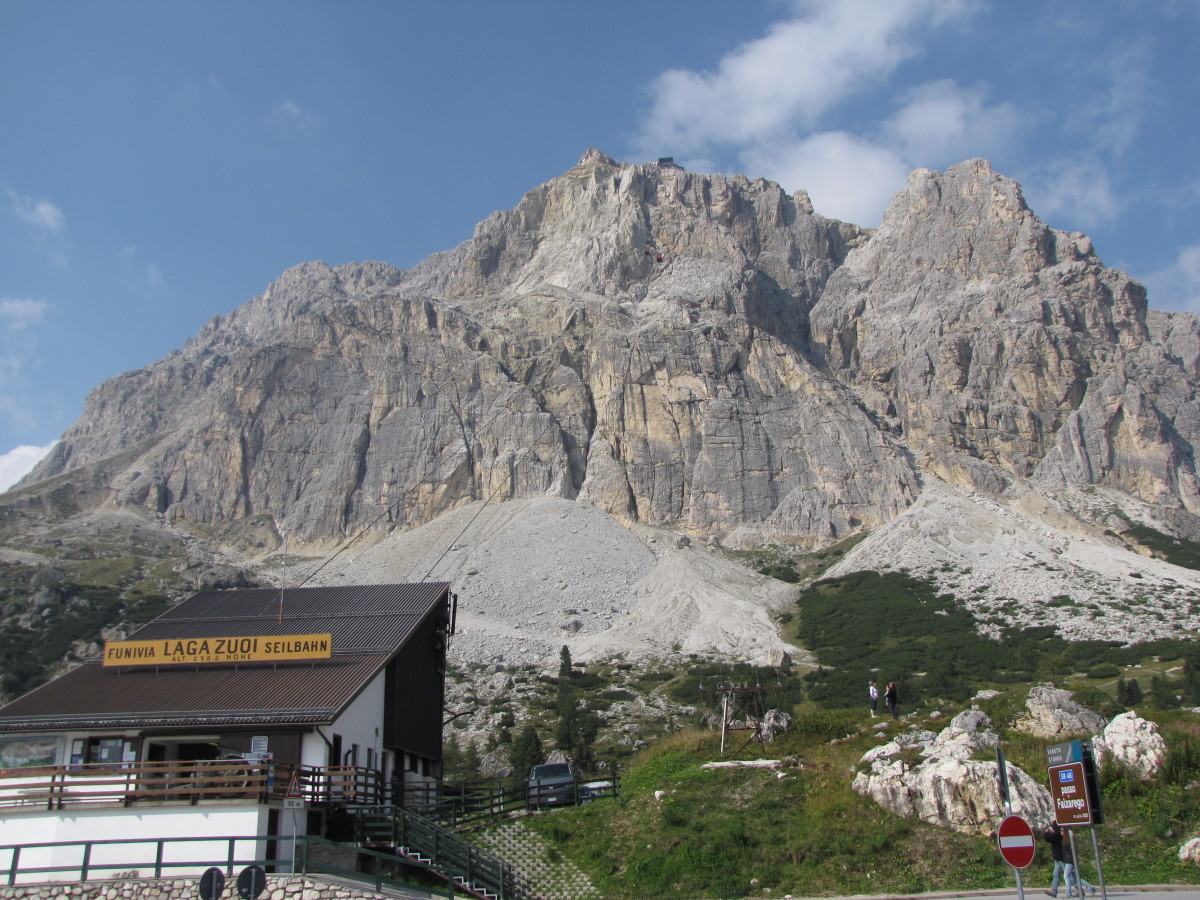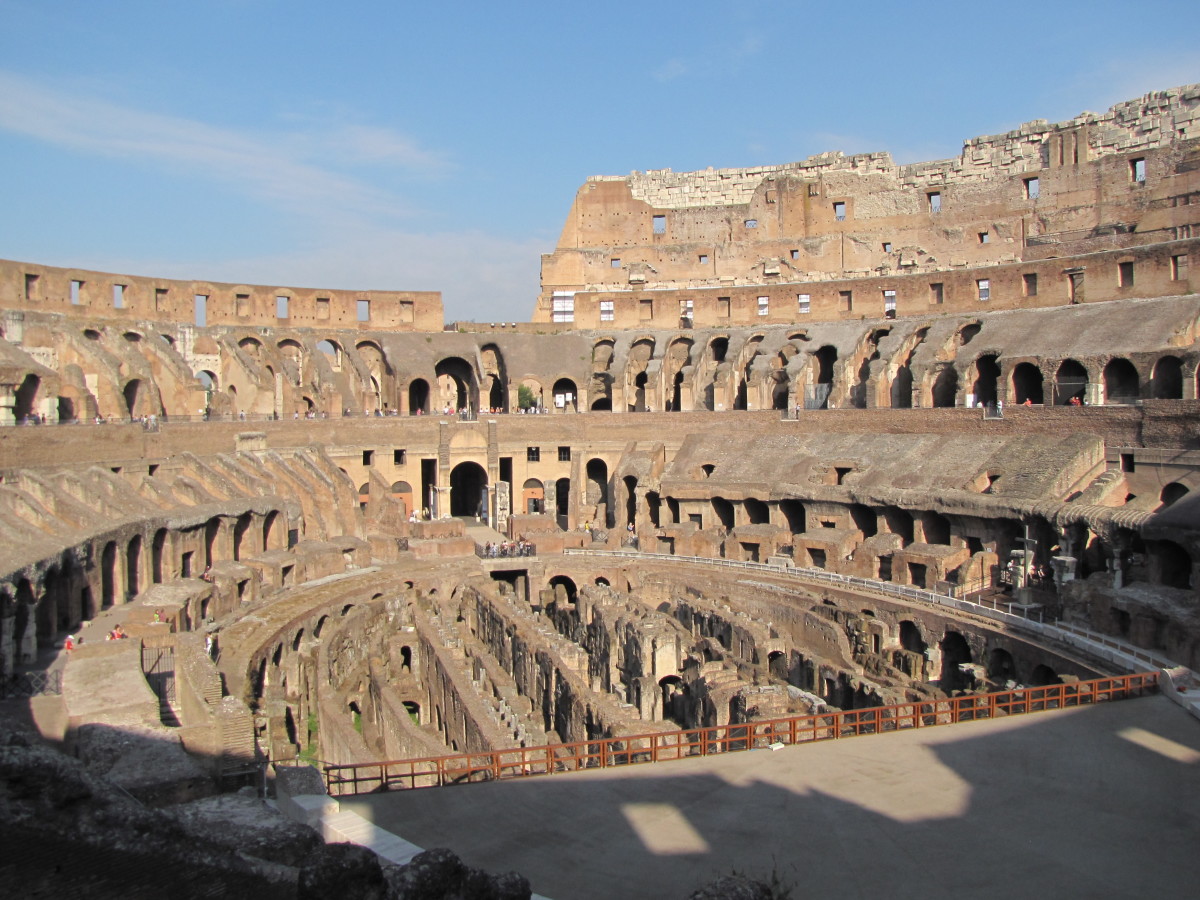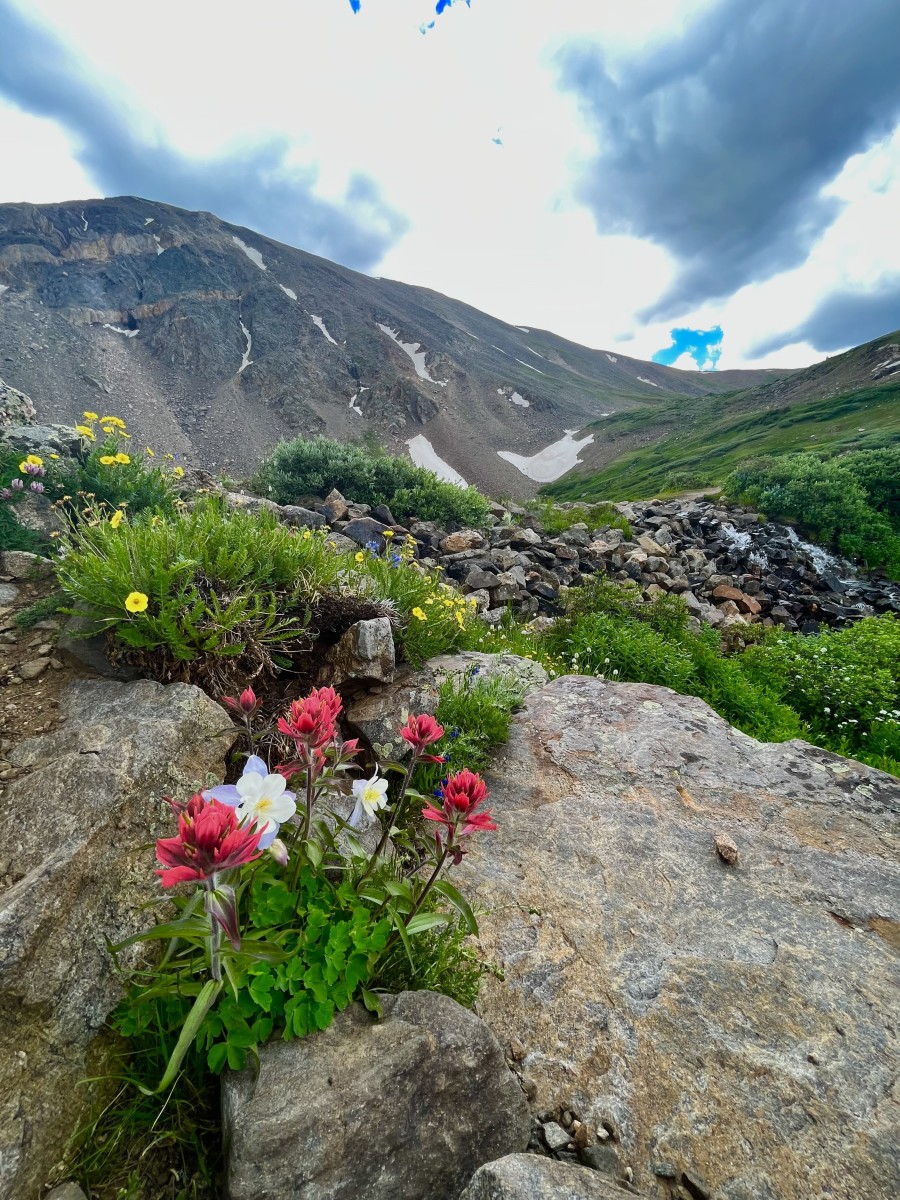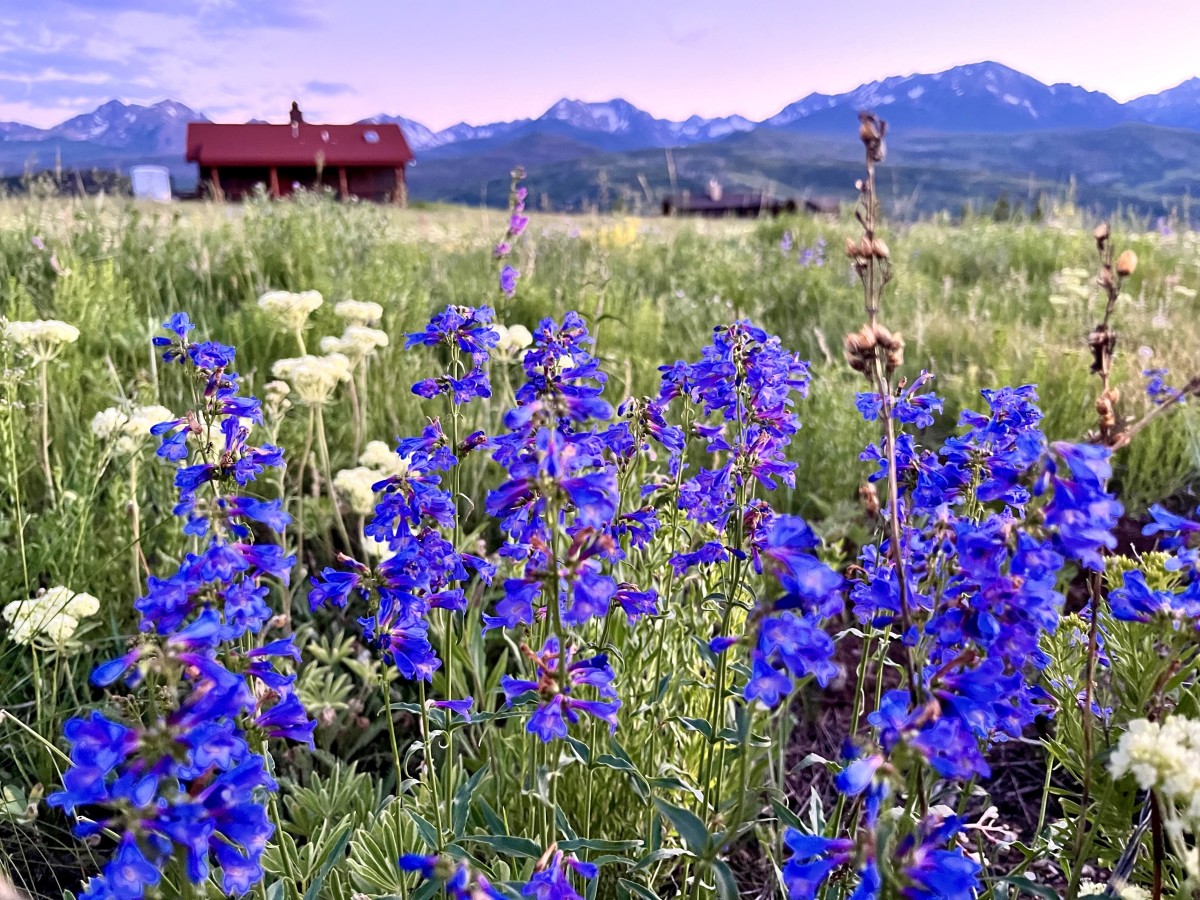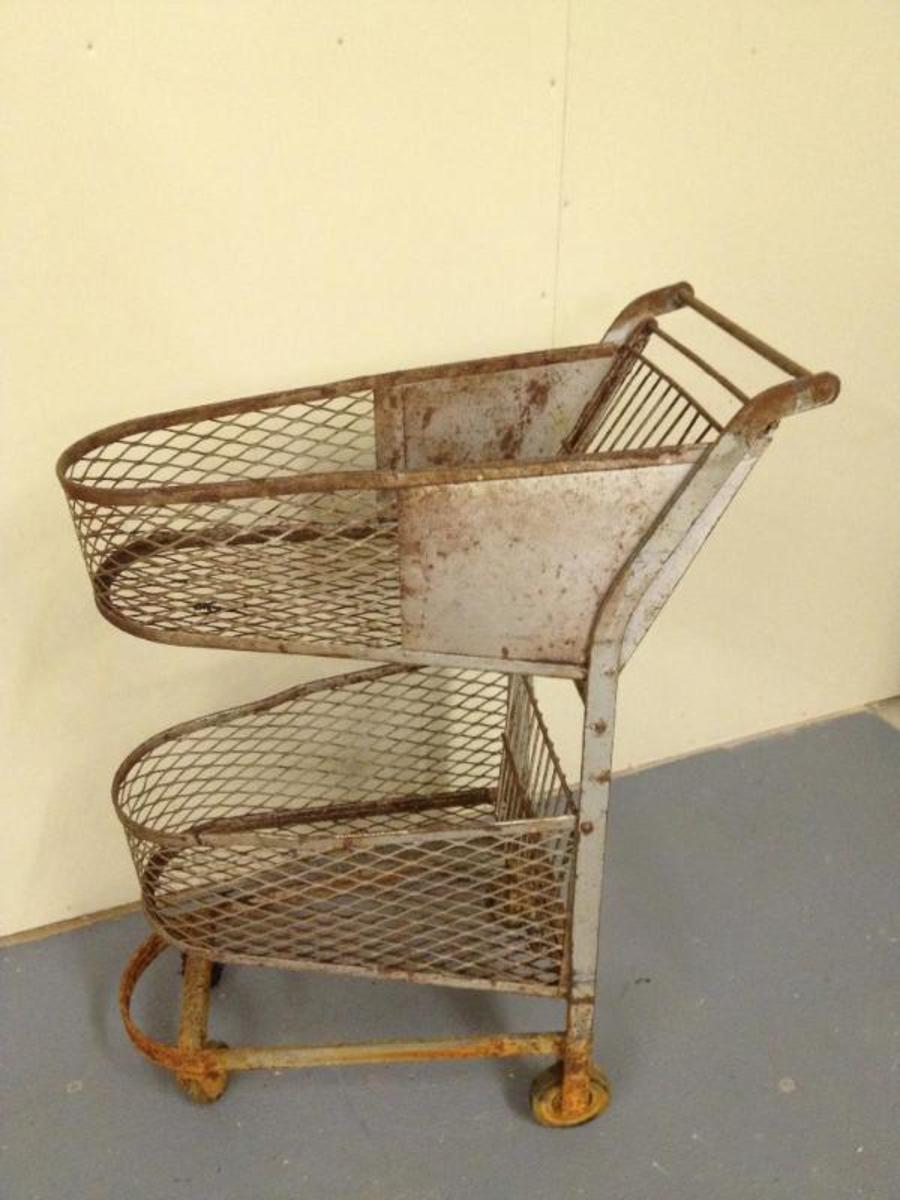Venice, Italy
Venice, Italy
Venice is a magical place and the most beautiful, romantic city on earth. The city is built on 118 small islands and no automobiles are allowed.
Instead, all transport besides walking, is on the 150 canals (most about ten feet deep) between the islands. There are waterborne taxis, buses, delivery boats, police, and ambulances; in addition to the many personal watercraft and the famous gondolas.
Venice is a treasure trove of art, architecture, palaces, churches and 409 bridges.
(All photographs by James A. Watkins)
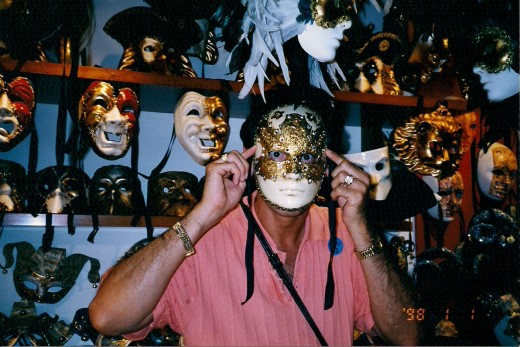
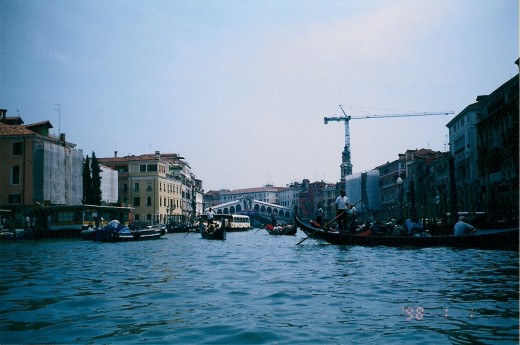
The Grand Canal
The huge Grand Canal (average depth 17') snakes through the center of the city and is the main thoroughfare. It is bridged at only three places. Lining the sides of this enchanted canal are 170 gorgeous old buildings, with steps leading up into them right out of the water.
Venice is a marvel of engineering, but it is slowly sinking into the marsh. The buildings are supported by wood pilings, more or less a city on stilts. In many homes, the ground floor is not used for fear of rising waters.
There are 63,000 permanent residents.
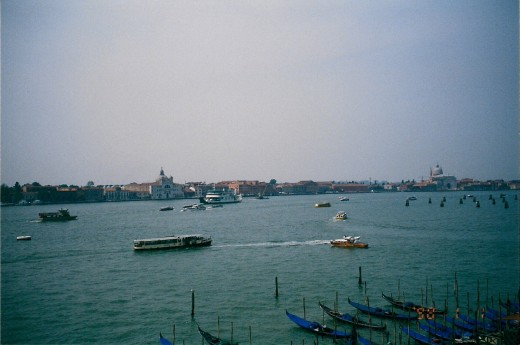

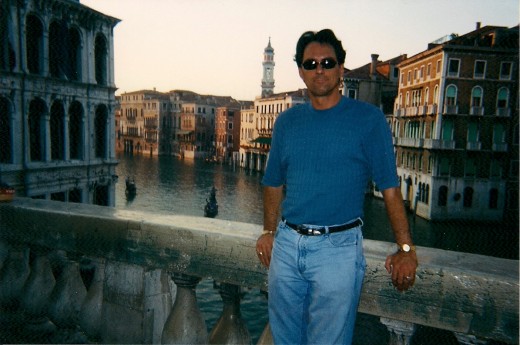
The History of Venice
Venice has a history shrouded in mystery. It was founded by people who fled the mainland under attack by the Lombards in the 6th Century. They escaped the slaughter by finding safety in the Venetian Lagoon.
It became known as the City of St. Mark by the 9th Century, so named because it had become the repository for the bones (relics) of St. Mark the Evangelist in 828. St. Mark (John Mark) wrote the first Gospel of Jesus Christ, and is himself written about in the Acts of the Apostles as having traveled with the Apostle Paul on some of his church planting journeys.
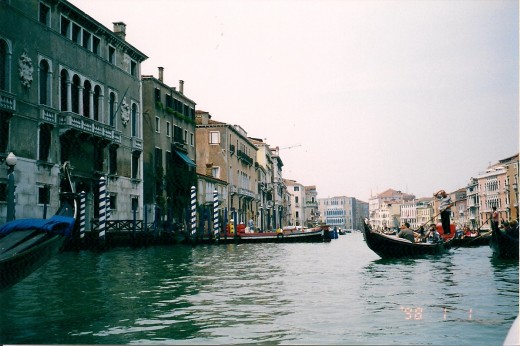
The Merchants of Venice
The merchants of Venice, and its famously powerful navy, gradually made it into an autonomous state; and a powerhouse of trade in the Mediterranean. Venice soon became one of the wealthiest nations in the world—and remained so for the next six centuries. Venetian galleys dominated the trade between east and west; plying cargoes of silks, spices, silver, timber, corn, salt and slaves.
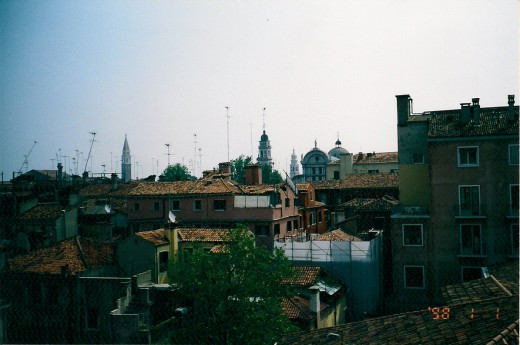
The Venetian Empire
At the pinnacle of its power, the year 1500, Venice had acquired extensive landholdings—including Cyprus, Crete and large swaths of the European mainland—that became known as the Venetian Empire.
Venice was also the leading center of printing in Europe at this time—the paperback book was invented there also—because of its well known religious freedom.
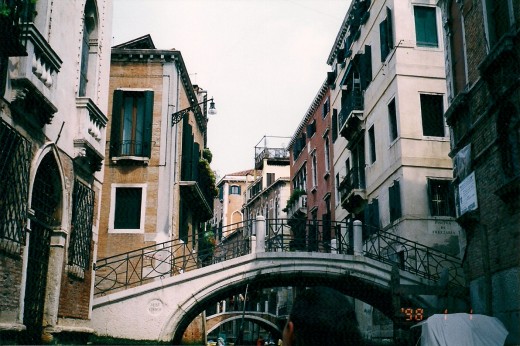
The Republic of Venice
Then began a long, slow decline in its fortunes; largely precipitated by Portuguese explorers who, in the Age of Discovery, found new trade routes, via the Atlantic Ocean, to rival Venice in supplying the goods for which Europe wanted to trade.
Napoleon conquered Venice in 1797, officially bringing its glorious history as a powerful nation to a close.
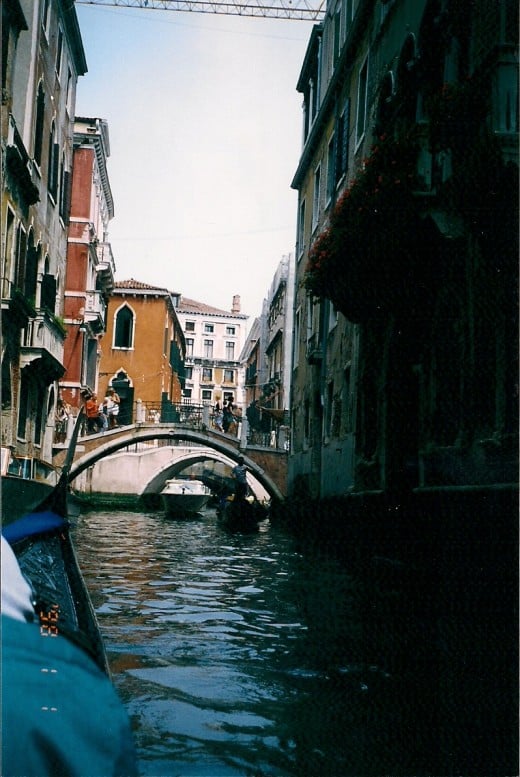
Doge's Palace
I have visited the Doge's Palace (a Doge is similar to a Duke and was the title of the elected leader of the city for over a thousand years) and the Bridge of Sighs, which connects to Palace to the old prisons. It was so named because it was a one-way trip across for the accused; and their last sight of the elegant city.
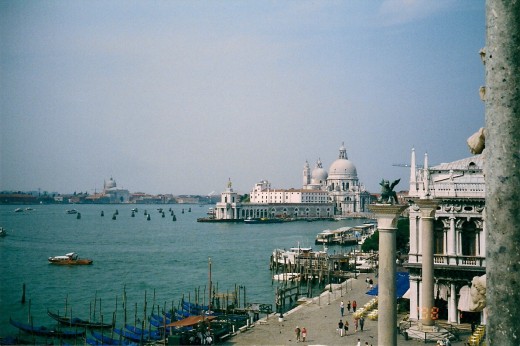
Murano & Burano
I recommend side trips to the nearby islands of Murano and Burano.
Murano is world famous for 700 years of glass making and it is thrilling to watch these artisans at work.
Burano gets you off the tourist trail to check out a fishing village known for its lace making and brightly painted structures.
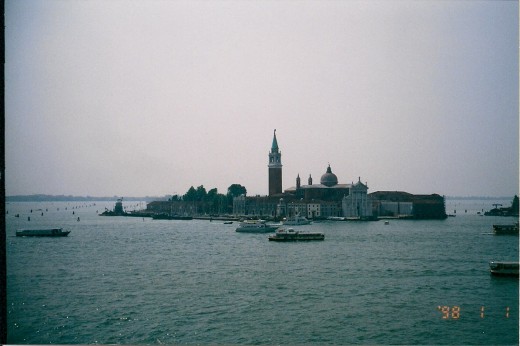

St. Mark's Square
During my visits to Venice, I have had the pleasure of sitting in the evening, under the stars, drinking wine, serenaded by music, in the center of life in the city: St. Mark's Square.
The Square is dominated by the 1000-year-old St. Mark's Basilica (the word means royal, religious building) and the 99 meter tall Campanile (meaning a bell tower near a church).

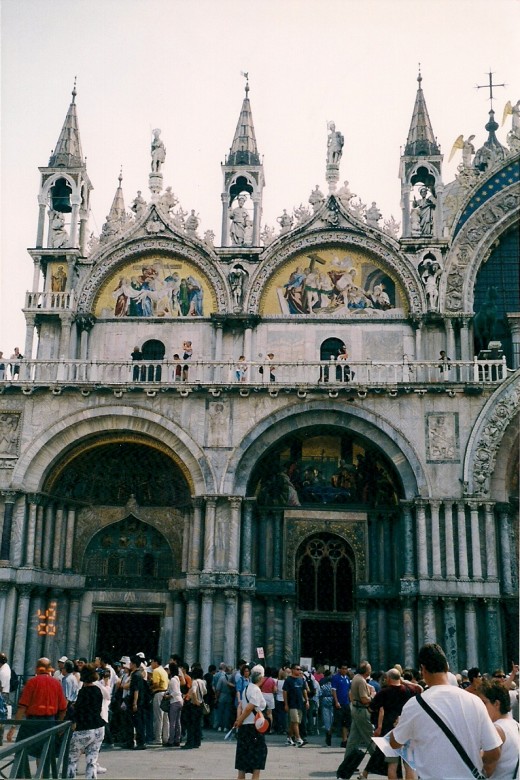

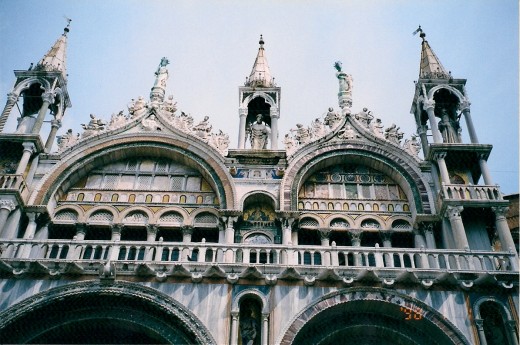
Gondola
The best part of a visit to Venice is simply walking around for hours on end through this mysterious maze of streets. And, of course, if you are not alone, take the Gondola ride and the pilot will sing to you: "O Sole Mio." ("My Sun" to you English speakers.)
